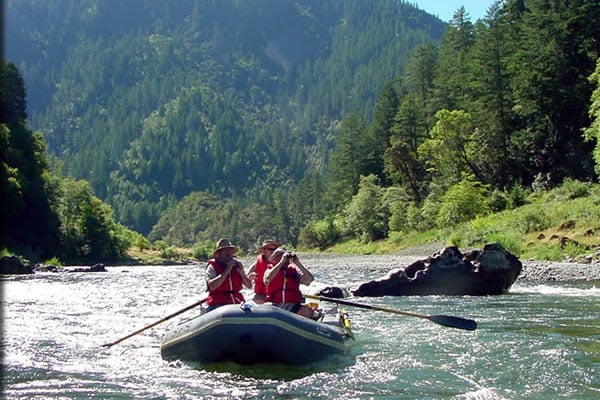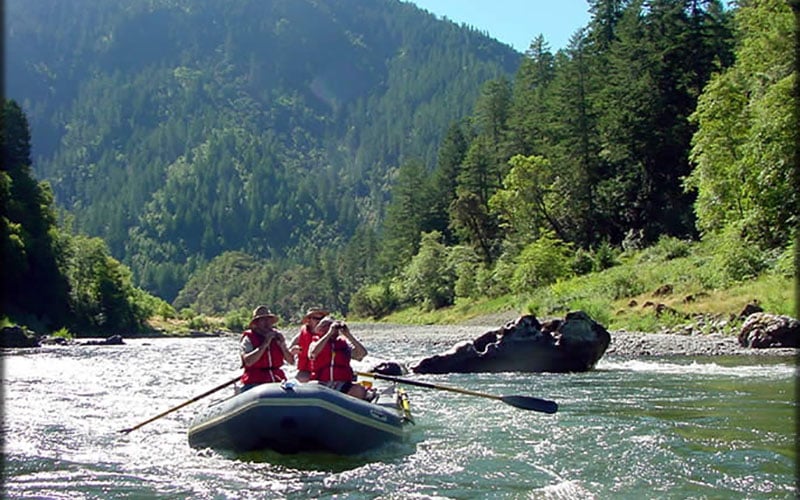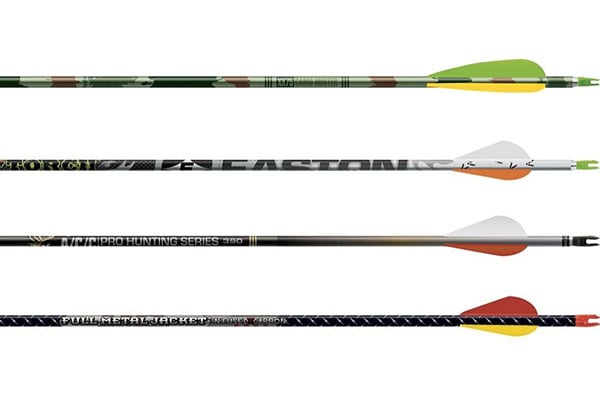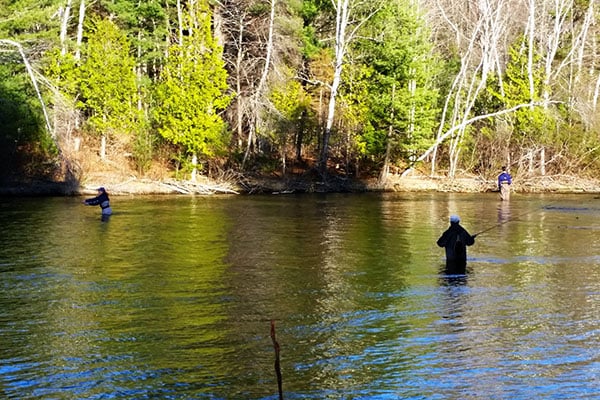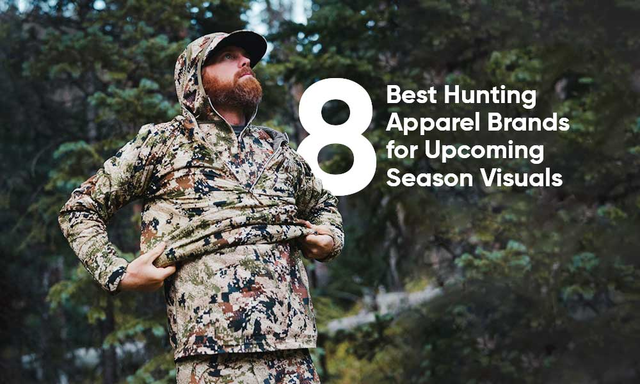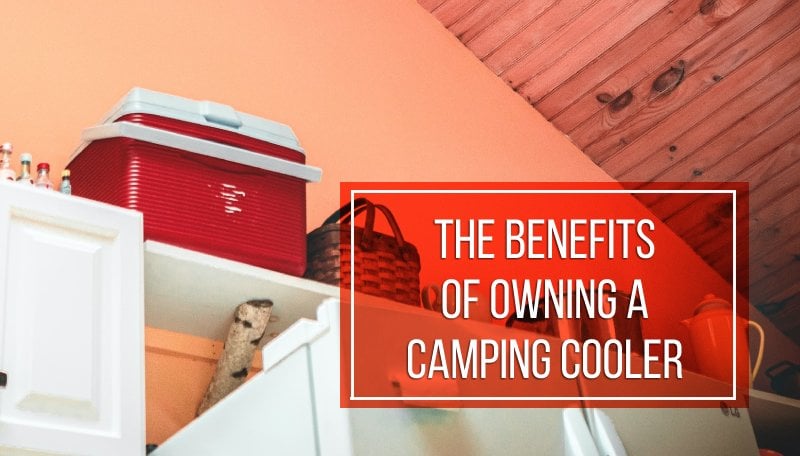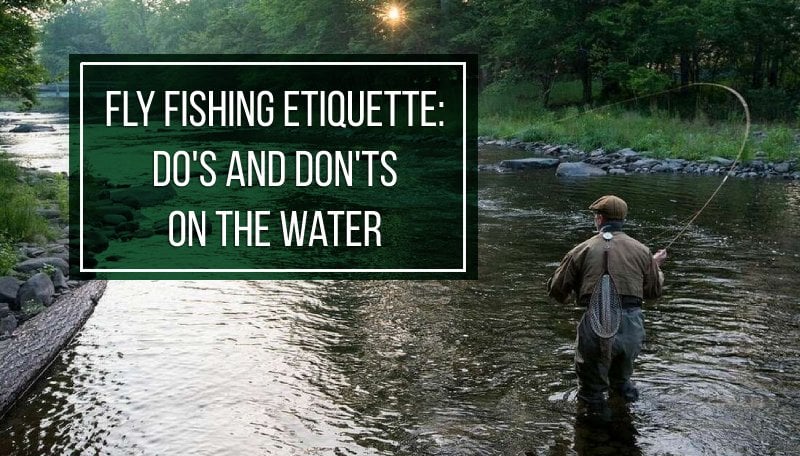Last Updated on
This summer if you head to a nearby canyon or riverbed, you’re bound to encounter a unique type of outdoor adventurer: the rafter. These folks prefer to spend their days on the water, and most of their nights are spent on the banks of a river, their rafts pulled up on to shore and their tents pitched nearby. These rafting junkies are different from those roadside rafting companies that will take you on a three hour float, but it’s not uncommon for many of them to have worked as rafting guides in the past. Rafting trips aren’t for casual campers either, and the raft itself can represent quite an investment, not to mention all the gear that goes along with it.
However, there is a certain charm and sense of adventure that you can find rafting down a river, and many who have tried it find themselves immediately hooked. Negotiating rapids can also be very invigorating, as long as you know what you’re doing. Some rafting trips are more a float than an adventure down a rapid filled river, and in cases like that, as long as you scout the river, you can float slowly and fish and enjoy the scenery as it passes.
If any of this sounds appealing to you, then you need to gear up before you ever hit the river. Here is a basic guide on what you’ll need.
Raft Setup
Of course, any quality rafting setup starts with the boat, and you’ll need to tailor the setup to your needs. While you may envision a raft full of your friends paddling, eventually any raft setup will need to have a frame for rowing. The rower sits in the middle of the boat and handles all steering and navigation through rapids. You can get much more control with a rowing frame setup, and it allows you to have passengers who may not be able to row or paddle effectively themselves.
Boats typically start at 12- 13 feet, but they can be shorter if they’re designed exclusively for fishing or as a “play boat.” If you’re planning on taking more than two people on an overnight trip, a 14-15 ft. boat is probably the better option. Resist the temptation to get anything longer unless you only plan to paddle flat water or some day you plan to tackle extreme rivers like the Grand Canyon. As for type of boat, you can go with either a cataraft or a traditional raft. The cataraft is more maneuverable than the flat bottomed raft, but it does hold less gear and is less passenger friendly. The better option is probably a flat bottom raft somewhere between 12 and 15 feet.
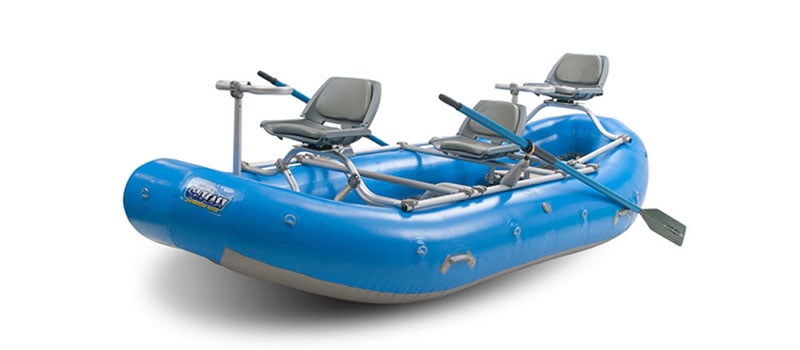
The best setups go like this: raft mainframe in the middle where you’ll row and cargo platforms on both sides with a recessed cargo platform for the cooler. The rower will sit on the cooler, and sleeping pads can be placed on the cooler for added comfort. At the front and the back will be space for passengers and some extra gear as needed.
That’s the basic idea of a setup, but feel free to customize as you get the hang of things.
Minimalist Sleeping System
As you can guess, there isn’t a huge amount of room for gear on any raft setup, especially if you’re taking multiple passengers. That said, you can always get creative and strap gear down or stow it in any available crevice or nook in your setup. Even so, you want to make sure you’re working with backpacking level sleeping gear for your rafting trip. Light poles and compact bags and tents will reduce weight you’d probably rather allocate to food and supplies.
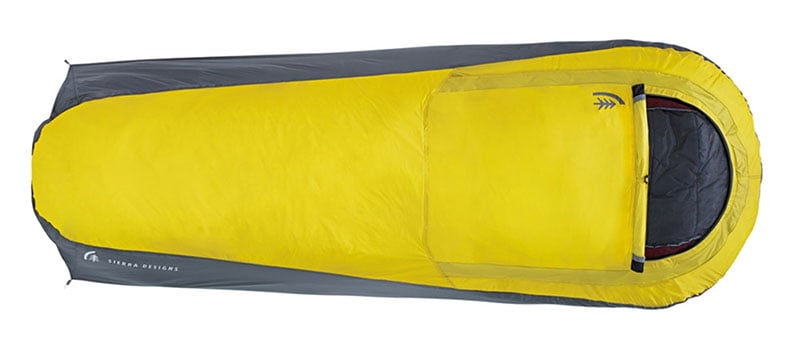
A 2-3 person backpacking tent (for two people) and two backpacking mummy bags should be just about all you need as far as sleep systems go. Remember we already packed the sleeping pads, they’re in use as padding on the raft. Make sure to get the heavy duty plastic welded “paco pads” for the job. Gear like sleeping bags should be placed in a dry bag as you don’t want to pull up to shore with a wet sleeping bag for the night.
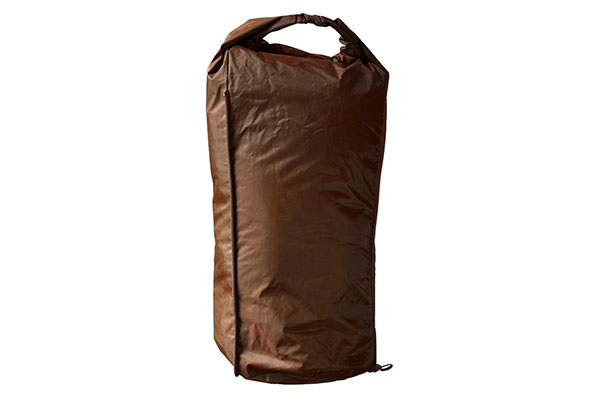
High End Cooler
Ice management is very important on the river because, as you guessed, there’s no stopping at a convenience store for ice. In many ways the “boutique” or heavy duty cooler craze we now know from brands like Yeti and K2 was started by rafters. They need a cooler that will hold ice effectively for several days, even when the sun is beating down on it all day. It’s best to get a large cooler for the job, and as we said it will act as your rowing seat as well. Just make sure you measure the width of the raft before buying a cooler that won’t fit.
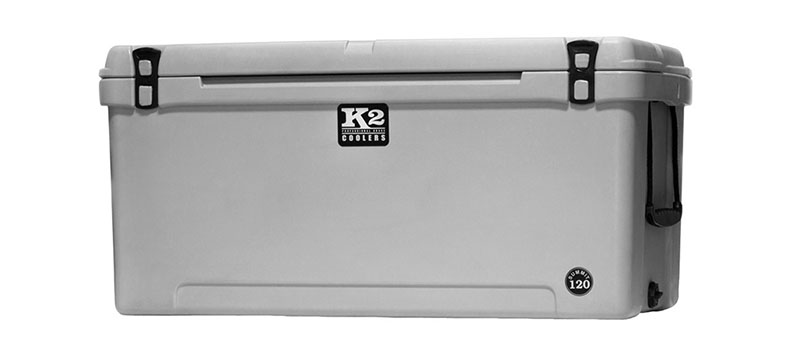
Firepan And Easy Cooking Setup
Another good practice that rafters encourage is careful fire management. It’s simply not practical to build a fire pit as you stop along the way, and “leave it like you found it” is more important than ever in rafting culture. A firepan has it’s place on any overnight rafting trip, and this device keeps coals from hitting the ground and allows you to cook and have a fire to gather around. Opt for the longer rectangular fire pans as they can accommodate a larger fire without it spilling over. Fire pans can either sit on the ground or have a stand, and you’ll find it easier to cook and more environmentally friendly if the fire pan has a stand that keeps it off the ground. Don’t forget to include an additional ash box or can to hold ash from the fire.
One other item of note for cooking it a kitchen dry box. This box is stowed with other gear on the boat, and it holds all your kitchen utensils and cookware, pots and pans and other items. A tight, concise kitchen box is best for the job as you don’t want it taking up all your available space on the boat.
Water Shoes, Board Shorts And Sun Hats
Rafting requires a lot of walking around in rocky streams, and unless you want to cut your feet up on sharp rocks, you’re going to need a pair of river shoes. Shoes or sandals that you can securely strap to your feet are the only way to go, after all you don’t want one of your shoes washing down the river never to be found again.
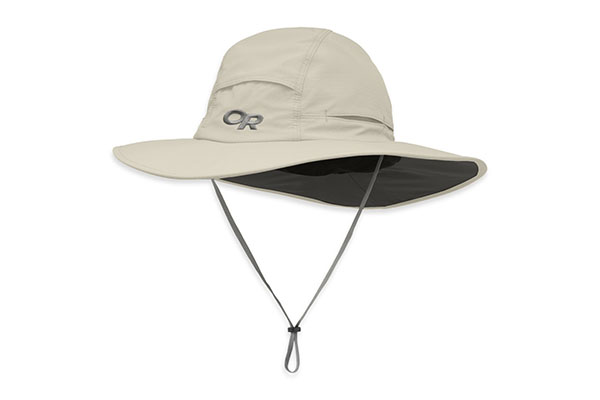
You’re also going to get wet, so board shorts or a swimming suit is a must on any raft trip. As the temperatures get cooler or you tackle cold mountain streams, you might want to consider wearing a wetsuit or wetsuit pants. Finally the sun is going to be beating down on you when you raft, and shade can be scarce on some trips. In addition to a healthy stock of sunscreen, you’ll also want to bring along a sun or river hat to protect you from the rays. A straw hat or fishing hat is the best option as you’ll want a brim all the way around your head.
The Groover
Once last vital piece of equipment comes in the aptly named groover. This is an outdoor toilet for solid waste, and its seat is tied to a bucket or can that holds the waste until you get back to civilization. Similar to the firepan, the leave no trace mentality works for the bathroom as well. Arguably the most important part of the groover is placement. It should be placed in a location with a beautiful vista a good ways from camp. After all, if you’re going to “groove” in the wilderness, you might as well do it with a good view!
